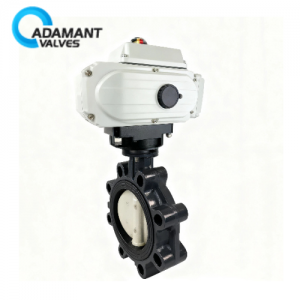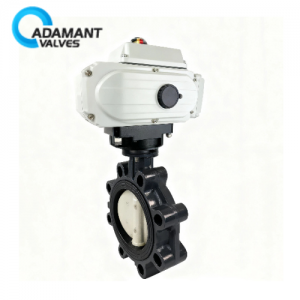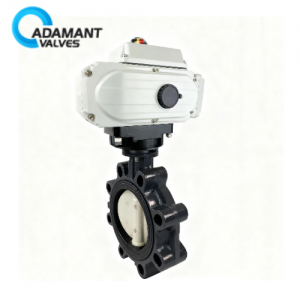What are the Types of Sanitary Fittings?
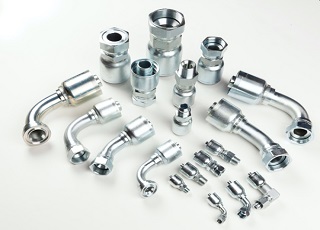
What is Sanitary Fitting?
What Makes a Fitting Sanitary?
Sanitary fittings include all components used to connect sanitary tubes or piping. Generally, sanitary piping systems include all plumbing applications where cleanliness and sanitation are of primary concern. These piping systems and related fittings can be found in food processing plants, pharmaceutical companies, and other facilities that process consumable goods. They are also used by companies that produce sensitive or reactive chemicals in environments where contamination could pose serious safety risks.
How Many Types of Sanitary Fittings Are There?
Sanitary fittings are designed with many variables, and can often be custom-built for specific applications. With so many variable components such as construction material, inlet size, outlet size, threading, degree of curvature, and much more, the number of different types of sanitary fittings is seemingly endless. We’re going to take a closer look at the most common types of sanitary fittings that are readily available on the market.
The Most Common Types of Sanitary Fittings
45° Elbow Fitting: A hose fitting with female threads that runs off the end of the hose at a 45° angle.
45° Male Elbow: A steel tube fitting that joins two tubes at a 45° angle.
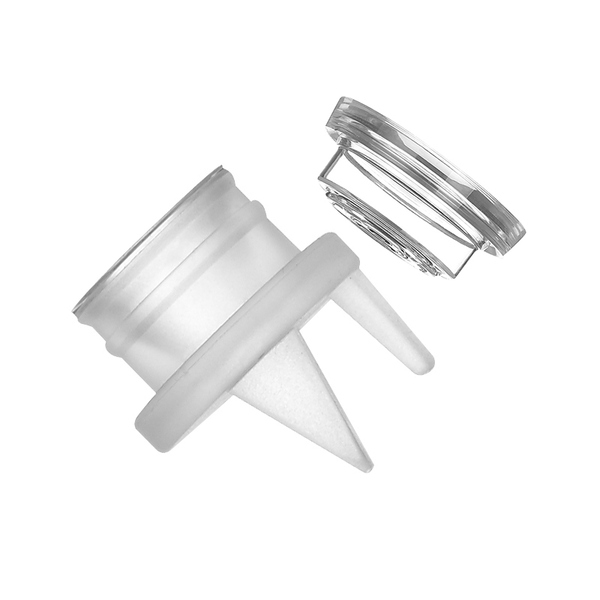
90° Elbow Fitting: A hose fitting with female threads that runs off the end of the hose at a 90° angle.
Sanitary Adapter Fitting: A pipe fitting that extends a run by joining two pipes of different types.
Adjustable Straight Thread O-Ring Fitting: A reusable fitting that is sealed by an O-ring located between the termination of a straight OD thread and a washer and locknut. The adjustable straight thread O-ring fitting can be tightened and fixed in any orientation.
Sanitary Barb: An angled cylindrical feature on the OD of a fitting that grabs and holds the ID of a hose. Barbs are designed so that hose is easily mounted over the fitting, but is difficult to remove.
Barbed Fitting: A fluid power fitting used with a hose. A barbed fitting is characterized by the presence of angled barbs that grab and hold on the ID of a hose.
Bell Reducer: A pipe fitting that extends a run by joining two pipes of different diameters. Often called a reducing coupling or reducing coupler.
Bite-Type Fitting: A fitting with a sharpened ferrule that “bites” the tube when compressed. The bite of the ferrule provides the seal.
Sanitary Cap: A pipe fitting that terminates a run by closing an end. A cap has female threads.
Captive Nut: A nut that is affixed to a fitting and makes the fitting rotatable.
Sanitary Clamp: A mechanical device used to compress the flange against the O-ring in a split-flange O-ring fitting.
Compression: The force applied when two matings, threaded fitting components are tightened together. Compression is the primary force behind many of the fluid power seals.
Sanitary Compression Fitting: A type of tube fitting that is sealed by pressure caused by the interaction of threaded portions of the fitting.
Crest: The high point of a thread.
Crimping: The process of mechanically attaching a permanent fitting to the end of a hose. Crimping involves squeezing the metal fitting until it is bound to the hose.


